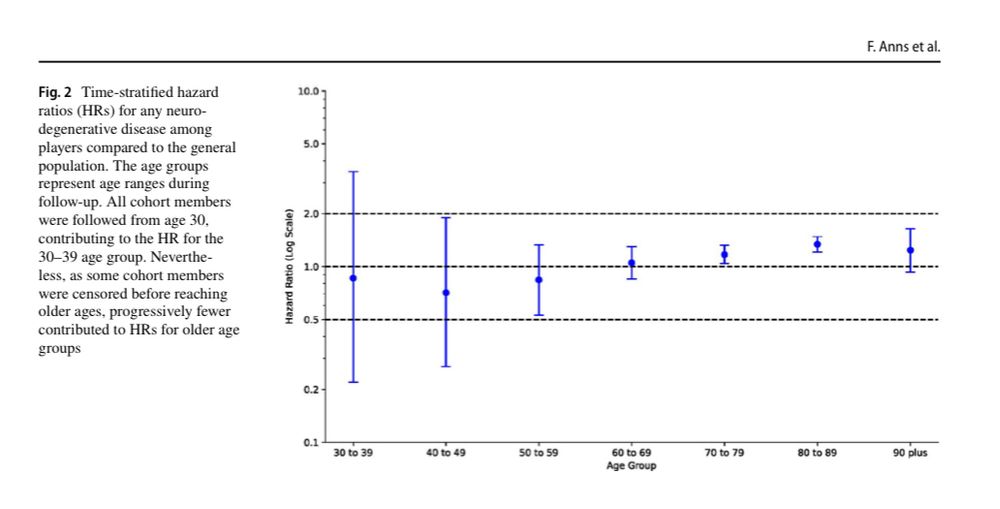All posts are my own views, and do not necessarily align with the position of my employer on any issue discussed, unless I explicitly identify otherwise.
A mix of science and general observations. Posts ≠ endorsements

I recognise this, and the project team has taken significant steps to manage that conflict.
The study funders have played no role in the study design, analysis, or write-up.
I recognise this, and the project team has taken significant steps to manage that conflict.
The study funders have played no role in the study design, analysis, or write-up.
The study proposal was reviewed by scientists independent of World Rugby.
The study proposal was reviewed by scientists independent of World Rugby.
www.stats.govt.nz/integrated-d...
www.stats.govt.nz/integrated-d...

However, because NDDs typically emerge in later life, most of those players with the conditions so far are those who played in the 1950s and 1960s…

However, because NDDs typically emerge in later life, most of those players with the conditions so far are those who played in the 1950s and 1960s…
Unfortunately we didn’t have direct measurements of concussions or numbers of head acceleration events.
Unfortunately we didn’t have direct measurements of concussions or numbers of head acceleration events.
Players had higher rates of Alzheimer’s and other dementias than males from the general population. There was little apparent effect for Parkinson’s (HR 1.05, 95% CI 0.89 to 1.22)…
Players had higher rates of Alzheimer’s and other dementias than males from the general population. There was little apparent effect for Parkinson’s (HR 1.05, 95% CI 0.89 to 1.22)…


